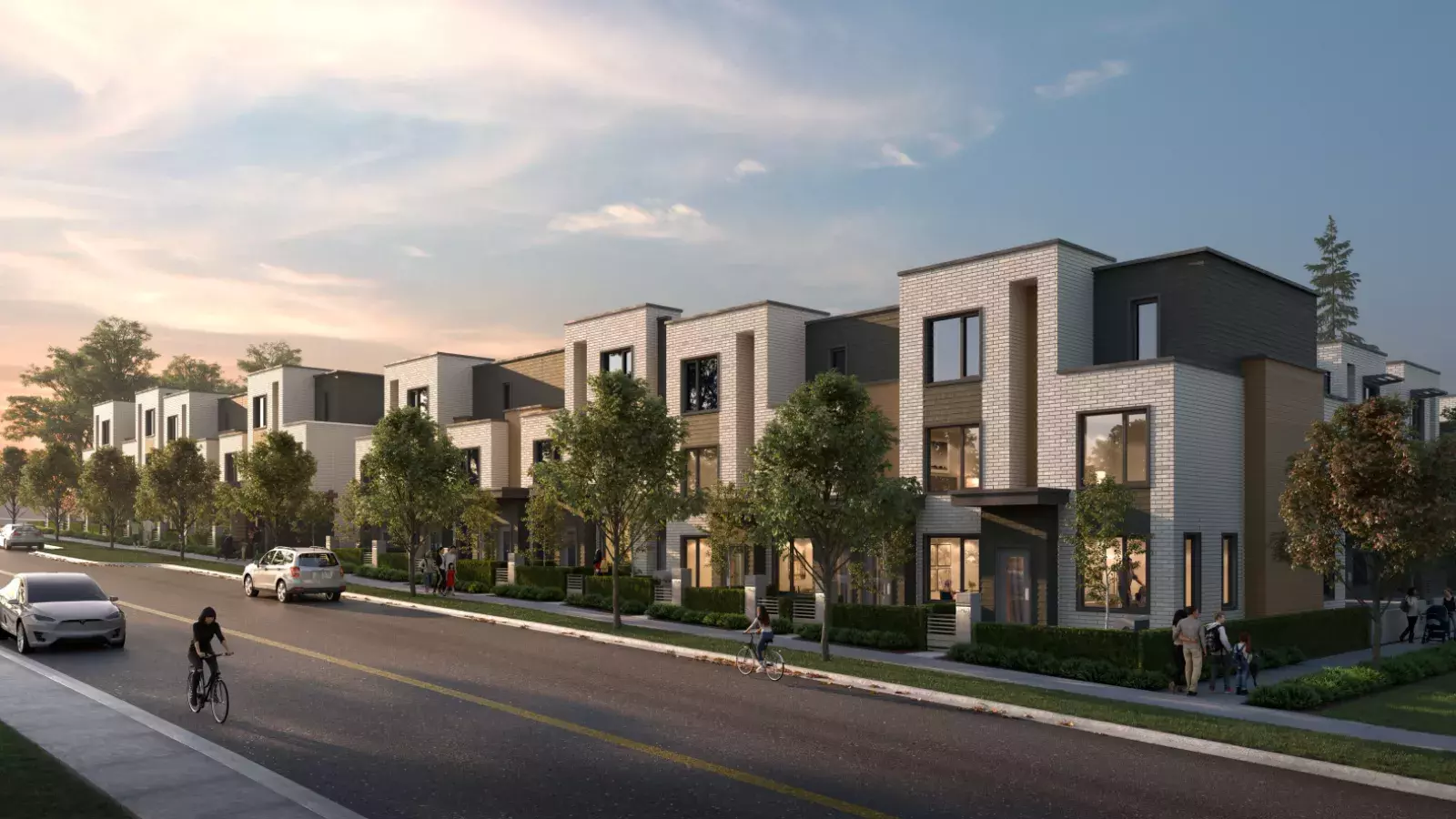As lifestyles and technologies rapidly shift, so too do the needs and preferences of homeowners. The features in demand yesterday and today may be obsolete tomorrow, which is why developers and real estate marketers pay close attention to trend forecasts and study homeowner needs. It was only in the not-so-distant past that the ideal home was one sectioned into kitchen, dining, and living areas – each space divided by walls. And who can forget pink bathrooms, wall-to-wall carpeting, and slatted closet doors? In contrast, homes today favour open-concept layouts and design that won’t date itself ten years down the line.
Beyond personal taste, there are several drivers that shape the way we live – among them are sustainability, technology, demographics, and work culture. Energy-efficiency is not just having a moment – it’s the future of living. Passive House systems are gaining in popularity and electric car charging stations are more commonly featured in parking spaces. Homebuyers want to contribute to a healthier planet, and they will increasingly seek out the developments that prioritize sustainability.
The remote control used to be the most forward-thinking technology in homes. Now there are screens built into mirrors and refrigerators that tell you when your food is going bad. Smart phones connect to thermostats, speakers, security systems, and lighting. We have more control over our living spaces than ever before – and this will only escalate.
Baby boomers are leaving single-family homes to downsize, while millennials are starting families later and staying single for longer. Yet, across these demographic shifts, people still want to experience a sense of belonging. Communal gardens and workshops take the place of private yards and garages, while yoga studios, games rooms, and catering kitchens create new opportunities to experience community. Shared indoor and outdoor amenities will become ever more creative to appeal to specific age groups and lifestyle trends. Speaking of amenities, we are seeing increasing demand for co-working spaces as companies allow employees to work remotely and the freelance economy thrives. Those who do still work in an office aren’t keen on commuting. Urban centres are rising in areas that were once considered the suburbs, shortening or eliminating commutes to the office. These new commercial and residential hubs are usually anchored by efficient transit systems that remove the need for a car – and parking spaces.
Some things will always be a priority. According to a 2017 study conducted by Resonance Consultancy on the Future of B.C. Housing, 65% of survey respondents look for a home with private outdoor space and 51% say storage is an important consideration. Our cities and lifestyles are rapidly transforming, and it’s an exciting time to experience and curate what’s next.
Photo: Skagen, Passive House Townhomes by Eighth Avenue Development Group



